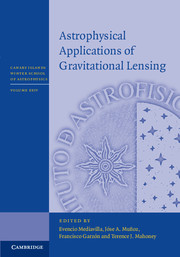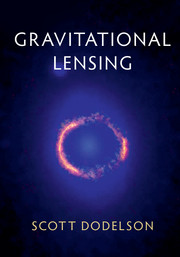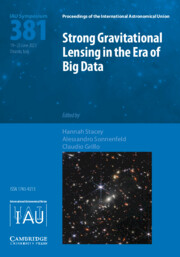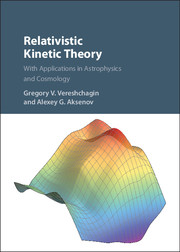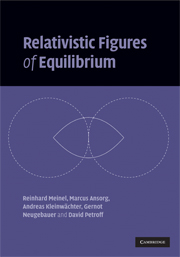Astrophysical Applications of Gravitational Lensing
Gravitational lenses offer the best, and sometimes the only, means of tackling key problems in many fields of astrophysics and cosmology. According to Einstein's theory, the curvature of light-rays increases with mass; gravitational lenses can be used to map the distribution of mass in a Universe in which virtually all matter is dark matter of an unknown nature. Gravitational lensing has significantly improved our knowledge of many astrophysical phenomena, such as exoplanets, galaxies, active galactic nuclei, quasars, clusters, large-scale structure and the Universe itself. All these topics are covered fully in this book, together with two tutorials on lens and microlensing modelling. The future of lensing in relation to large surveys and the anticipated discoveries of thousands more gravitational lenses is also discussed, making this volume an ideal guide for postgraduate students and practising researchers in the use of gravitational lenses as a tool in their investigations.
- Provides a wide-ranging and up-to-date overview of the subject
- Presents gravitational lensing as an essential tool in astrophysics, from exoplanet studies to cosmology
- Includes detailed information about the application of gravitational lensing to specific fields of research such as dark matter, galaxy structure, quasar accretion discs, exoplanets and cosmology
Reviews & endorsements
'Each article is self-contained and as a whole it presents an overview of the field of strong lensing … For the reader who is entering the filed this is a useful collection that summarizes it well.' Alan Heavens, The Observatory
Product details
No date availableAdobe eBook Reader
9781316685129
0 pages
0kg
136 b/w illus. 12 tables
Table of Contents
- Contributors
- Participants
- Preface
- Acknowledgements
- 1. Lensing basics Sherry H. Suyu
- 2. Exoplanet microlensing Andrew Gould
- 3. Case studies of microlensing Veronica Motta and Emilio Falco
- 4. Microlensing of quasars and AGN Joachim Wambsganss
- 5. DM in clusters and large-scale structure Peter Schneider
- 6. The future of strong lensing Chris Fassnacht
- 7. Methods for strong lens modelling Charles Keeton
- 8. Tutorial on inverse ray shooting Jorge Jimenez-Vicente.

